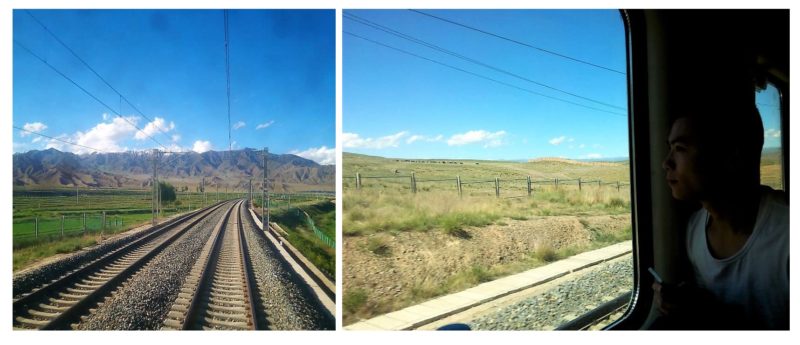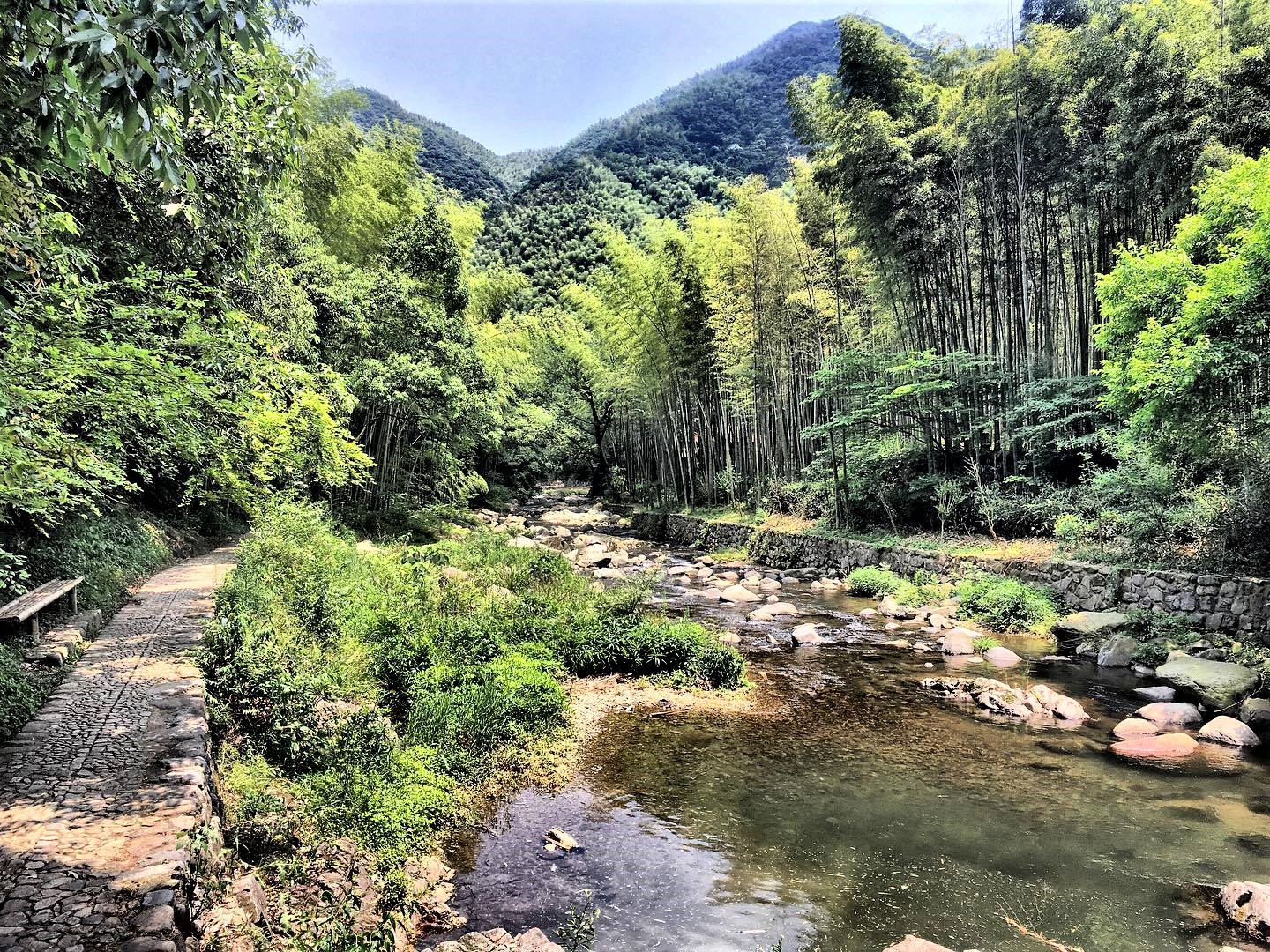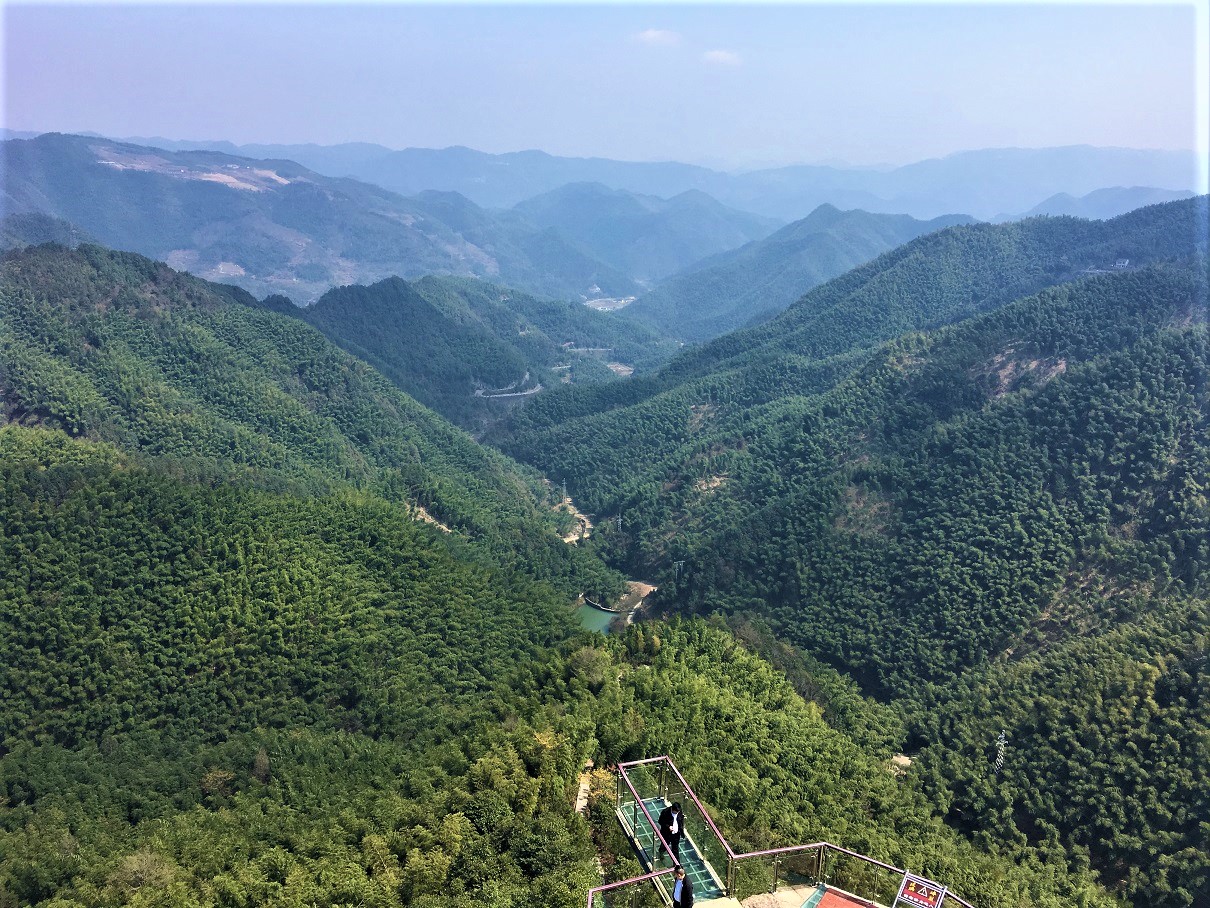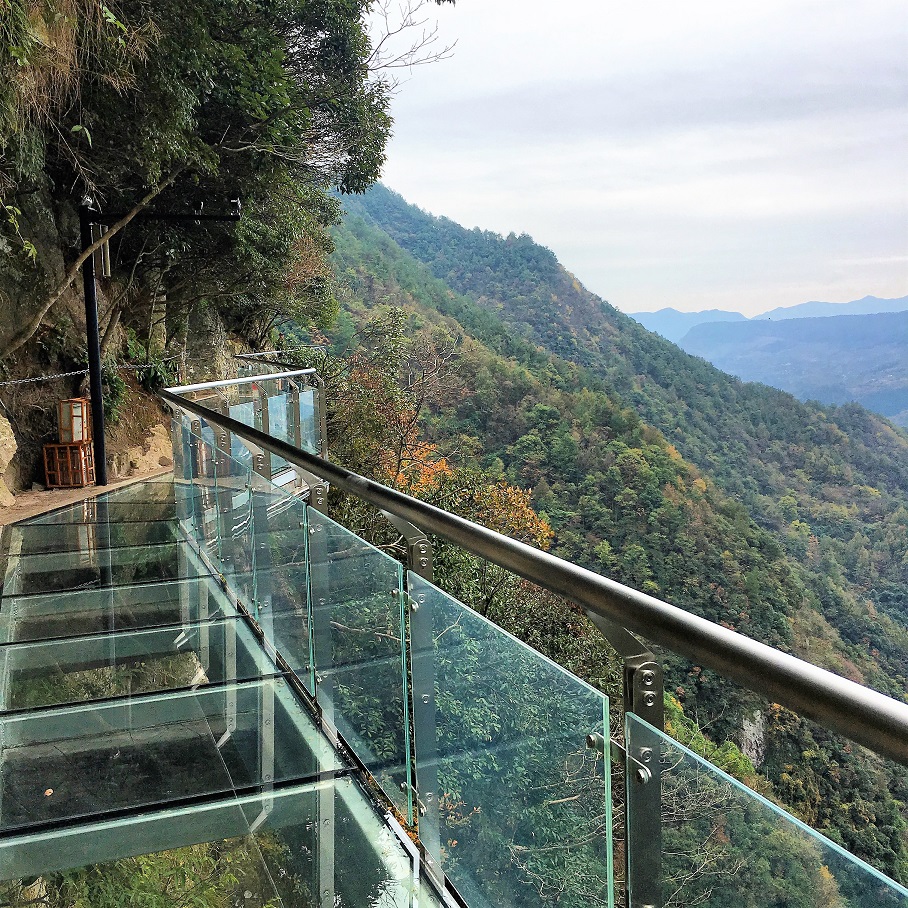One of the things that I really love about China is its rail system. China’s railway is well developed, and not only is it one of the biggest railway networks in the world, but also the world’s largest high-speed rail network. You can travel by train all over the country.
Every year hundreds of millions of people travel by train, the busiest time being during the Spring festival or Chinese New Year.
Buying train tickets in advance
If you ever decide to be in China during Spring festival, you have to buy train tickets in advance, otherwise it is very hard to get one during this time; very often tickets are sold out super-fast. It is possible to buy them 28 days before the departure date. High –speed railway tickets are easier to buy than the normal train, due to the higher price.
There are diferent options to buy train tickets:
First, buy tickets online on China’s railway official website www.12306.cn. However, it is only in Chinese, so you would need to ask for help.
Second, and probably most popular amongst tourists is to buy train tickets on train stations; don’t forget to bring your passport also.
Next, there are ticket offices selling train tickets in different places of the city too; they charge extra five yuan for service.
Finally, you can also use telephone booking, but again it is only in Chinese, and you have to collect ticket within 24 hours at the train station.
There are several types of trains. See below the list and explanation:
G – 高铁Gāotiě: Fastest high-speed trains, with maximum speed up to 350km/h; offers business, superior, first and second class seats.
D – 动车Dòngchē: High-speed trains with top speed up to 250km/h. These trains have business, first, second class and soft sleepers.
C – 城际动车 Chéng jì dòngchē: Hihg-speed intercity trains with top speed 350km/h. There are superior, first and second class.
For high-speed railway lines, there is a good China’s railway map on Wikipedia: goo.gl/4DyXuB.
Z – 直达 Zhídá: Non-stop express trains, top speed 160km/h. These trains have deluxe soft sleeper, soft sleepers, hard sleepers and hard seats.
T – 特快 Tèkuài: Express trains who stops only in major cities. Top speed 140km/h. There are deluxe soft sleeper, soft and hard sleepers, soft and hard seats.
K– 快速 Kuàisù: Fast trains: these trains run with top speed of 120km/h. Deluxe soft sleeper, soft, hard sleepers and soft, hard seats are available.
L – 临时 Línshí: Temporary trains usually operate on high travel season such as Spring festival or National Day holidays. Normally you will not see these on train schedules.
普快Pǔ kuài: Trains without letters in front but starting only with numbers (1,2,3,4,5) are regular fast trains. Top speed 120km/h. They stop often, making the trip longer.
普客 Pǔ kè: These are the slowest and cheapest trains. Also starts with number only. These trains stop in every station, and top speed is only 100km/h.
Traveling by train during high season
High-speed and normal trains offer also standing tickets, which means passengers have to stand whole journey. Sometimes seats are freed between stops; as long as there isn’t anybody, then it is possible to sit for a while.

Soft sleeper train carriage
If you ever travel during holiday season on normal train hard seat carriage, you will see locals (I have seen foreigners too) who have purchased standing tickets. In fact, that might be even up to 40 hours. They whether have to stand the whole trip, or sit on their luggage, or some have even taken small benches with them.
Experience different way of travelling
If you want to travel as locals do, try something unusual and have an interesting experience, you can try hard seat train that goes at-least for 20 hours during high season. It is very tiring but unforgettable trip for sure with all the noises, smells etc. On the negative side, smoking is allowed on slow trains too at the end of the carriage (No smoking on high-speed trains!). What’s more, it is very typical for locals to bring instant noodles with them on train. But there are train attendants walking between carriages offering to buy food, water, beer and snacks too. Even more, there is a dining car available as well.

Z – train from Xining to Lhasa
Vocabulary:
列车 [liè chē] train
列车员 [Lièchēyuán] train attendant
餐车 [Cānchē] dining car
硬座 [Yìngzuò]hard seat
软座 [Ruǎn zuò] soft seat
硬卧 [Yìngwò]hard sleeper
软卧 [Ruǎnwò]soft sleeper
高级软卧包厢 [Gāojí ruǎnwò bāoxiāng] deluxe soft sleeper
商务座 [Shāngwù zuò] business class seat
特等座 [Tèděng zuò]premier class seat
一等座 [Yī děng zuò]first class seat
二等座 [Èr děng zuò]second class seat
无座 [Wú zuò ]no seat (for standing ticket)

One of the most beautiful train routes in the world- Xining-Lhasa

Train route Xining-Lhasa
Do you have an interesting experience when travelling by train in China? Leave a comment below! For suggestions, questions and more information, send me a message!







Leave A Comment